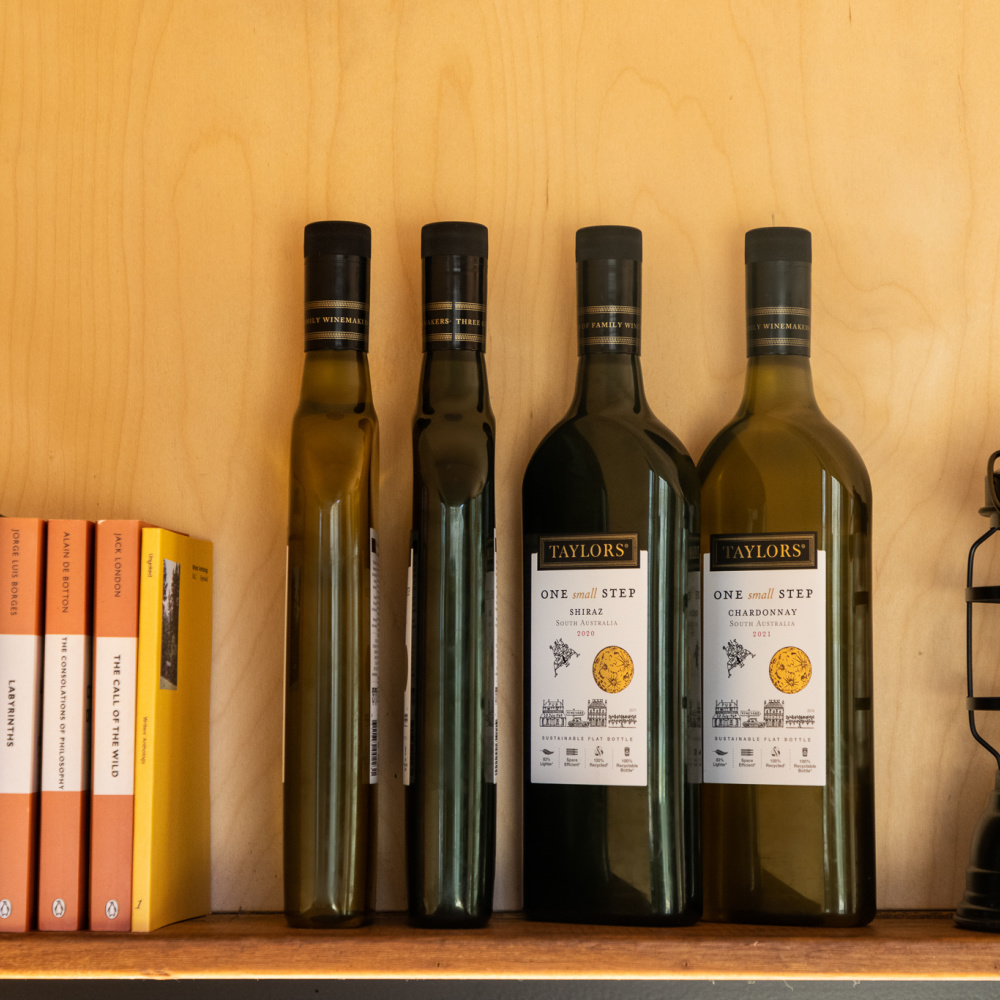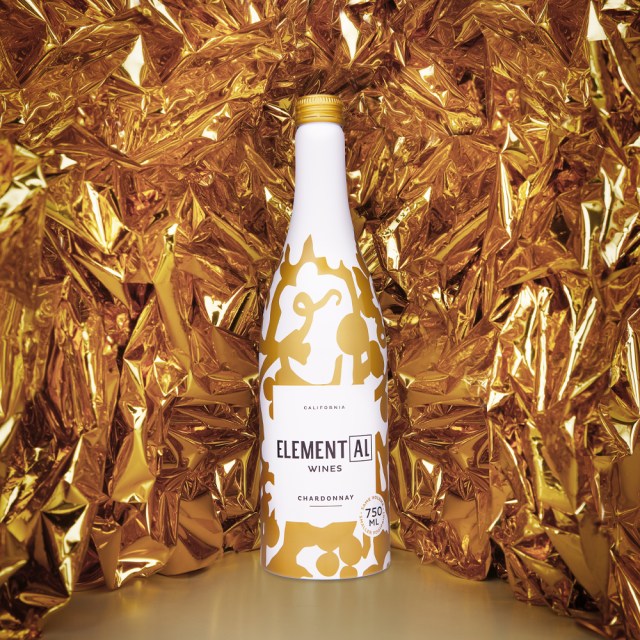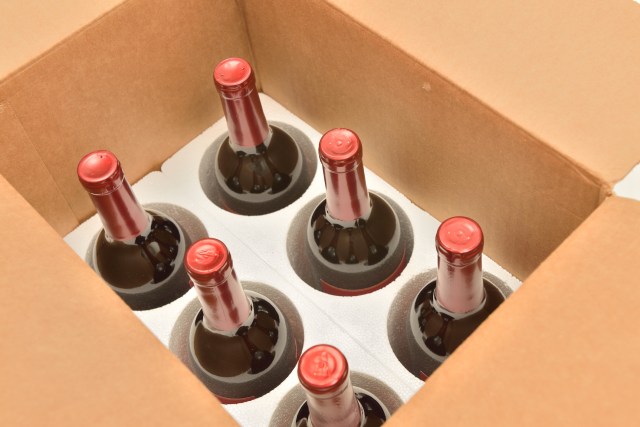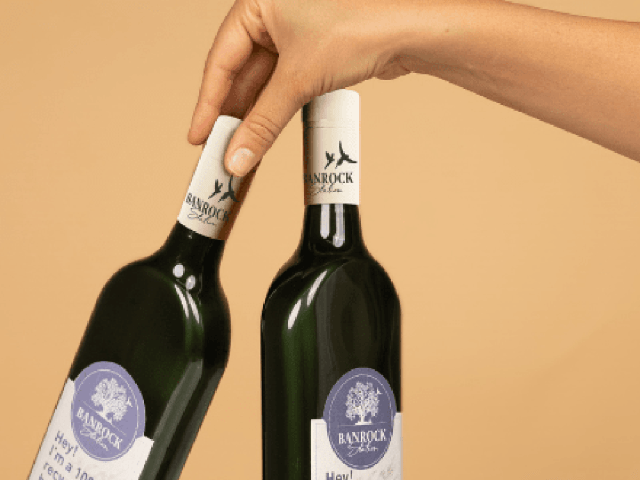
Propack talks to Packamama’s Santiago Navarro, about working toward a greener planet one eco-flat PET bottle at a time.
With fires and floods, Australia is one of the worst-hit nations in the world when it comes to the impacts of climate change.
This year’s vintage saw wine regions worldwide experience adverse weather conditions, destroying crops and businesses. Even in Continental Europe, vineyards are looking at ways to combat frost, fire, drought and flood. Taylors Wines, for example, has invested millions of dollars in industrial fans to circulate air among vines and prevent frost in vineyards.
The time is now
CEO of Packamama, Santiago Navarro, says the time is right for eco-friendly packaging, and his diary is jam-packed with back-to-back meetings as the industry embraces its new future.
“Consumers are waking up to the climate crisis, to its urgency. We are conducting meetings on the weekends because climate change doesn’t have a weekend,” says Navarro.
“We’ve had 8000 years of consistency until now. Vines are so sensitive to temperature, but that’s the beauty of it, of course; it gives the complexity.”
“I think too few have woken up too late,” he laments.
It is what has motivated Navarro to create the PET eco-flat bottles that first hit the market in 2018 under the brand Packamama.
2019 was the first year of full-scale business, but the format was developed several years earlier. Despite a hiccup over the COVID years, Packamama is a multimillion-unit business with growing production in Australia.
Today, Packamama’s reach includes two manufacturing facilities in Australia and the UK and filling stations in the UK, France, Belgium and Australia.
Navarro says the eco-flat bottle’s creation came from a need to create a format challenger for the round glass bottle, which he says is ‘25 billion units per annum vessel and delivers an alternative with benefits in multiple areas such as lightweighting and spatial efficiency with low energy and low carbon emissions.
He says the eco-flat PET bottle sets to challenge the glass wine bottle that has been central to wine packaging for the past 300 years. To give a bit of background history, the scaled glass wine bottle as we know it today dates back to the 18th century when a British inventor perfected a glassblowing process that allowed the bottle to be produced in large quantities. At the time, the invention significantly impacted trading wine with Burgundy and Bordeaux.

Focus on France
Over the past year, Packamama has been working hard to get the bottle embraced in major wine regions worldwide, with a particular focus on France.
“France is important to us because, whether we like it or not, it is considered the home of wine. France is responsible for planting what is now some of the most sought-after and expensive wine in the world, but it is also under major threat.”
“We don’t work in the fine wine space, but we should encourage commercial wines to be more sustainable so that the fine wines can remain in the land.”
Navarro says Packamama has made good progress in France, helped by the world’s oldest wine club, The Wine Society, putting a top-selling white burgundy into the eco-flat PET bottle.
The Wine Society wanted to do its part to minimise emissions. Navarro says, “It is a 150-year-old business, and they want to be around for another 150 years.”
Changing consumer mindsets
Researchers from the University of South Australia’s Ehrenberg-Bass Institute for Marketing Science and the University of Adelaide’s Business School say there is a need to reshape the wine-consuming public’s perception of quality wine in alternative packaging.
A survey conducted by the University of South Australia’s Ehrenberg-Bass Institute with 1200 Australians revealed that cask wine and flat plastic wine bottles were the most preferred formats after traditional glass bottles.
The survey also highlighted that package format significantly influences people’s choices, with price ranking second. The importance of brand and eco-messaging varied based on the respondent’s age and their engagement in eco-friendly behaviours.
The future of wine labels
Packamama is also investigating printing directly onto the bottle to eliminate the need for labels, but Navarro highlights once again that it is another area where the industry mindset needs to change.
“We offer printing directly onto bottles in Australia and the UK. Surprisingly, less have picked it up than I would have hoped. It’s not very expensive compared to labelling, and screen printing directly onto a bottle doesn’t impact recycling. I think it looks better in quality, too,” explains Navarro.
“But once again, it’s just a change and not what wine companies are used to. They’re used to printing labels and applying labels to bottles.”
Navarro explains they have worked with LVMH to screen print directly onto the bottle. He says it works particularly well with rosé because it shows more of the colour of the wine.
Finally, Navarro says, based on Packamama’s estimations, about 20 billion of the 30 to 35 billion units annually could be in an alternative pack format to glass. He says he is trying to do his part to future-proof wine.
“There is no chance that wine will stay in glass in a climate crisis. Moreover, when we start to have carbon taxes, once populations get serious with their governments on emissions reduction and net zero economies, the governments will only be able to achieve that in one way.”
“The wine industry has prided itself on handing down from generation to generation. So, they should be having the conversation: what does our legacy look like? Are our children and grandchildren going to be as fortunate to live off the bounties of the vines?” says Navarro.
He believes it’s a question that, as a society, we shouldn’t be taking lightly.


